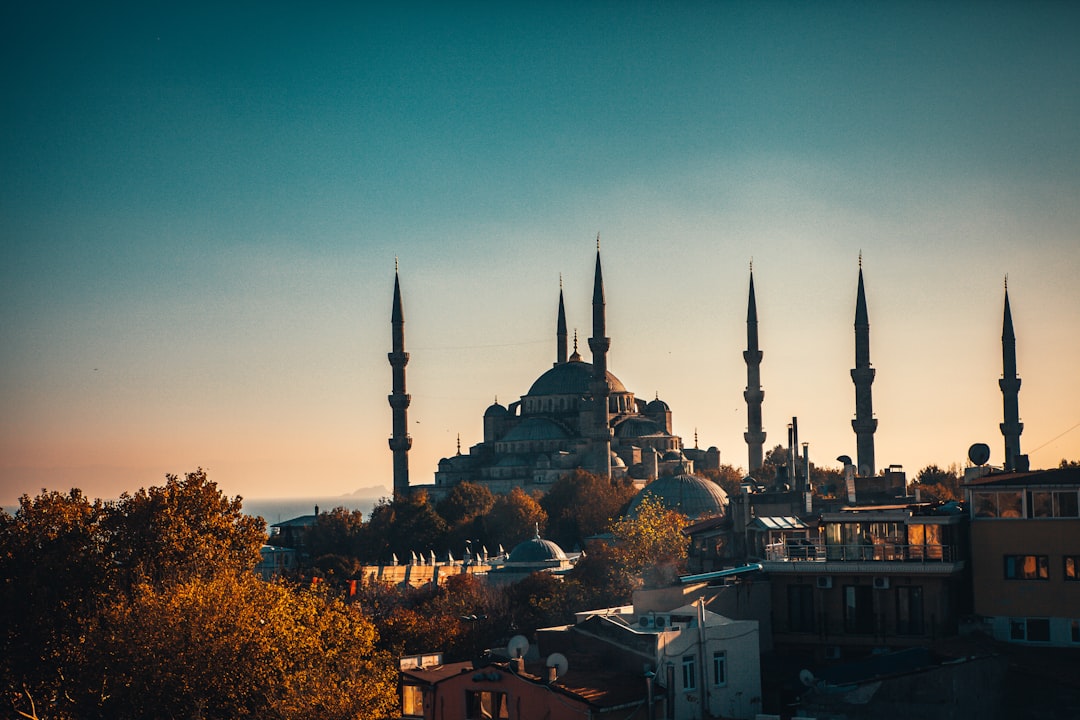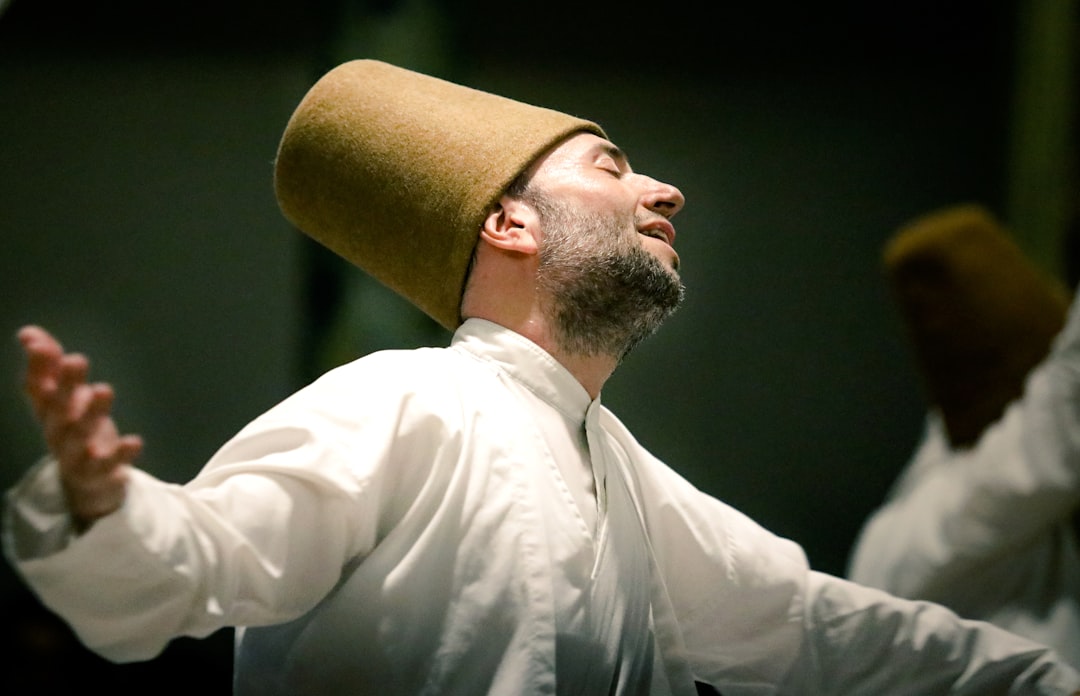The propagation of Persian literature across West Asia and Anatolia owes much to the strategic cultural policies of three Turkic-dominated dynasties: the Samanids, Seljuks, and Ottomans. While differing in their political structures and geographic scopes, these empires collectively elevated Persian from a regional vernacular to a lingua franca of administration, poetry, and intellectual discourse. Their courts functioned as crucibles for synthesizing Turkic governance with Persianate high culture, creating a legacy that persists in modern geopolitical narratives.
The Samanid Renaissance: Institutionalizing Persian as a Courtly Language
Reviving Pre-Islamic Iranian Identity
The Samanid Empire (819–999 CE) emerged as the first post-Islamic dynasty to systematically revive Persian language and literature. As detailed in Samanid-era texts, rulers like Nasr II and Ismail Samani transformed Bukhara into a cultural rival to Baghdad by commissioning Persian translations of Arabic works, including al-Tabari’s history. This “Iranian Intermezzo” countered Arab cultural dominance, reasserting Persian as the vehicle for administrative and literary expression. The court’s patronage of Rudaki, considered the father of Persian poetry, and its support for Ferdowsi’s Shahnameh—an epic chronicling pre-Islamic Iranian kingship—cemented Persian’s role in shaping dynastic legitimacy.
Bureaucratic Innovations
Samanid viziers, particularly the Bal'ami family, institutionalized Persian in governance. Abu Ali Bal'ami’s Tarikh-i Bal'ami, a Persian adaptation of al-Tabari’s Arabic chronicle, exemplifies efforts to democratize knowledge beyond Arabic-literate elites. This policy enabled Persian to thrive as the language of both statecraft and Sufi mysticism, laying groundwork for later Turkic empires to adopt Persianate models.
The Seljuk Synthesis: Persian as the Administrative Linchpin
The Vizierate System and Literary Patronage
Though the Great Seljuks (1037–1194) were Turkic nomads, their Persian bureaucrats, notably Nizam al-Mulk, ensured Persian’s dominance. Nizam al-Mulk’s Siyasatnama (Book of Government), written in Persian, codified ideals of just rulership that influenced subsequent Islamic states. While Seljuk sultans like Alp Arslan focused on military conquests, their ministers channeled resources into Persian-language institutions. The Seljuks of Rum (1077–1308) in Anatolia further amplified this trend; their courts in Konya nurtured Jalaladdin Rumi, whose Masnavi became a cornerstone of Persian Sufi literature.
Persianate Education Networks
Seljuk-era madrasas, such as Baghdad’s Nizamiyya, used Persian alongside Arabic for teaching. This bilingual approach, documented in treaties like Chahar Maqaleh (Four Discourses), facilitated the spread of Persian literary forms like the ghazal into Anatolia. Regional governors, often Persian-speaking Iranians, patronized poets like Anwari and Khaqani, ensuring Persian’s survival despite the ruling elite’s Turkic origins.
Ottoman Appropriation: Persian as a Diplomatic and Cultural Asset
Early Ottoman Historiography in Persian
The Ottomans inherited the Seljuks’ Persianate framework, evident in 15th-century chronicles like Ahmedî’s Iskendername. Composed in a hybrid Turkish-Persian style, these works legitimized Ottoman claims to universal sovereignty by linking them to Iranian epic traditions. Persian remained the preferred language for diplomatic correspondence with Safavid Iran, as seen in Sultan Selim I’s Persian poetry exchanges with Shah Ismail.
The Mevlevi Order and Rumi’s Legacy
Ottoman sultans, particularly Bayezid II and Suleiman the Magnificent, institutionalized the Mevlevi Sufi order, custodians of Rumi’s Persian poetic legacy. Endowments to Mevlevi lodges ensured that the Masnavi was recited and transcribed across the empire, blending Persian mysticism with Ottoman religio-political identity. Even as Turkish supplanted Persian in administration by the 17th century, Ottoman elites continued commissioning Persian lexicons and poetic anthologies, preserving its prestige.
Linguistic Hybridization
Ottoman Turkish absorbed over 600 Persian loanwords, particularly in governance (divan, ferman) and culture (şiir from Persian she’r). Poets like Fuzuli exemplified this synthesis, composing parallel divans in Persian and Turkish. The Ottoman court’s translation bureaus rendered Persian classics like Saadi’s Gulistan into Turkish, ensuring their accessibility to a broader audience.
Interdynastic Continuities and Legacy
Mechanisms of Patronage
-
Samanids: Direct sponsorship of poets and scholars; Persian as administrative lingua franca.
-
Seljuks: Delegation to Persian viziers; integration into educational institutions.
-
Ottomans: Sufi institutional support; translational adaptation into Turkish.
Geopolitical Implications
Each dynasty used Persian literature to bridge Turkic and Iranian worlds. The Samanids revived a “national” Iranian identity; the Seljuks positioned themselves as heirs to Abbasid and Persianate legitimacy; the Ottomans leveraged Persian for cross-border diplomacy and soft power.
Conclusion: Literature as Imperial Currency
The Samanid, Seljuk, and Ottoman courts transformed Persian from a regional tongue into a transregional literary empire. By institutionalizing Persian within bureaucracies, education systems, and religious orders, these Turkic dynasties ensured its survival beyond Iran’s borders. Modern appeals to this legacy, as seen in Erdogan’s Rumi-centric rhetoric, underscore Persian literature’s enduring role as a bridge between Turkic governance and Persianate cultural memory.
Citations:
- https://en.wikipedia.org/wiki/Samanid_Empire
- https://jpl.ut.ac.ir/article_52651.html?lang=en
- https://www.lexonary.com/post/the-role-of-the-persian-language-in-the-ottoman-empire
- https://iranicaonline.org/articles/turkic-iranian-contacts-i-linguistic
- http://www.lscollege.ac.in/sites/default/files/e-content/E%20-%20Content%20of%20Persian%20B.A.%20Part-III%20Samanid%20Period.pdf
- https://www.ijss-sn.com/uploads/2/0/1/5/20153321/08_ijss-mahdi_jul_oa08_-_2017.pdf
- https://en.wikipedia.org/wiki/Persian_literature
- https://iranicaonline.org/articles/saljuqs-v
- https://www.jofamericanscience.org/journals/am-sci/am0905/002_17664am0905_7_11.pdf
- https://jass.pk/downloads/Current_Issue_June_2019/11th04.pdf
- https://www.iranicaonline.org/articles/historiography-xiv/
- https://www.britannica.com/topic/Samanid-dynasty
- http://www.khorasanzameen.net/history/samanid2.html
- https://hamsayegan.com/en/2016/11/04/persian-language-in-the-court-of-ottomans/
- https://www.iranicaonline.org/articles/courts-and-courtiers-x
- https://sharpweb.org/linguafranca/issue-9-2023/2023-kohan/
- https://www.jstor.org/stable/4030979
- https://jass.pk/downloads/Current_Issue_June_2019/11th04.pdf
- https://en.wikipedia.org/wiki/Turco-Persian_tradition
- https://www.aup.nl/en/book/9789087280925/father-of-persian-verse
- http://encyclopaediaturcica.org/__static/9b30f926d8789ce820d9015f4ad5a68c/seljuq-literature(2).pdf
- https://www.iranicaonline.org/articles/historiography-xiv/
- https://www.jhiblog.org/2025/04/21/navais-elevation-of-turkic-literature-in-a-persianate-world-an-interview-with-aftandil-erkinov/
- https://www.iranicaonline.org/articles/iran-viii2-classical-persian-literature/
- https://www.academia.edu/38040103/_The_Seljuks_Patronage_of_Persian_Literature_%D8%B3%D9%84%D8%AC%D9%88%D9%82%DB%8C%D8%A7%D9%86_%D9%88_%D8%AD%D9%85%D8%A7%DB%8C%D8%AA_%D8%A7%D8%B2_%D8%A7%D8%AF%D8%A8%DB%8C%D9%91%D8%A7%D8%AA_%D9%81%D8%A7%D8%B1%D8%B3%DB%8C
- https://en.wikipedia.org/wiki/Culture_of_the_Ottoman_Empire
- https://www.clearias.com/persian-literature/
- https://en.wikipedia.org/wiki/Samanid_Empire
- https://gist.ly/youtube-summarizer/the-persian-intermet-revival-of-culture-and-language-in-the-islamic-world
- https://www.iranicaonline.org/articles/iran-ii2-islamic-period-page-2/
- https://fr.unesco.org/silkroad/sites/default/files/knowledge-bank-article/vol_IVa%20silk%20road_the%20samanid%20state.pdf
- https://www.uni-muenster.de/ArabistikIslam/translapt/events/multilingualism.html
- https://sharpweb.org/linguafranca/issue-9-2023/2023-introduction/
- https://iranicaonline.org/articles/saljuqs-v
- https://www.reddit.com/r/AskHistorians/comments/pydxas/was_persianfarsi_the_language_of_the_ottoman/
- https://www.britannica.com/place/Iran/The-Iranian-renaissance
- https://islamicceramics.ashmolean.org/Kashan2/oya-part-two.htm
- https://en.wikipedia.org/wiki/Languages_of_the_Ottoman_Empire





